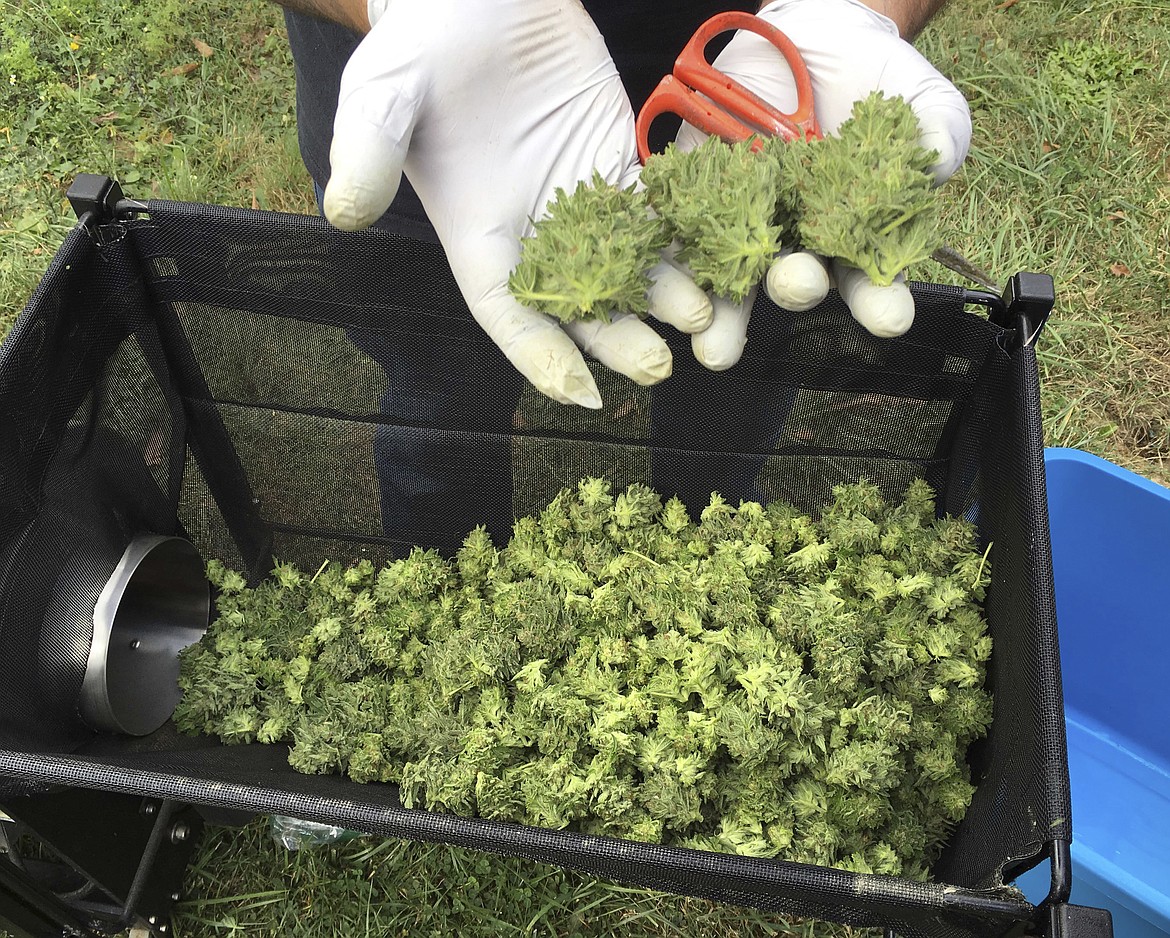Sensible zoning needed to regulate pot sales
The countdown is on for the official start of legalized recreational marijuana sales in Montana.
In counties where the majority of voters supported Initiative 190 in the November election — all of Northwest Montana — recreational sales may occur starting as soon as Jan. 1, 2022 at medical marijuana facilities already in operation. Eighteen months later, dispensary licenses will be open to all applicants. Recreational marijuana will be taxed at 20% of retail sales, and local jurisdictions may add an additional tax of up to 3%.
The Kalispell City Council wisely took up the issue at its most recent work session, hoping to get a head start on what will certainly be a vibrant discussion about free enterprise and smart zoning.
At the session, city staff presented a map showing three potential areas for marijuana dispensaries, including business zones at the northern and southern ends of the city, and along Idaho Street. Marijuana cultivation and processing would be legal in all of the city’s industrial zones.
The map was based on existing retail zones and a series of potential buffers that would keep sales away from certain areas.
State law already dictates that pot sales can’t take place within 500 feet of a school or church, but the city is also considering an additional rule against placing dispensaries within 300 feet of residential zones. That provision would follow the city’s approach to liquor stores, which are similarly prohibited within 300 feet of residential zones.
Other considerations are whether there should be a buffer around public parks and other marijuana businesses, and whether a conditional-use permit or an administrative conditional-use permit should be required.
Keeping pot shops away from residential areas is a no brainer and the city would be wise to enact such a provision. Similarly, requiring a conditional-use permit would allow the city to consider the merits of each application individually without being overly burdensome.
However, placing additional buffers on areas such as public parks could get tricky, especially when considering future mixed-use development set to take place along the Parkline Trail through the city’s core area.
Would it be fair to allow alcohol sales in that area, but not marijuana?
And what about Main Street? Should a logjam of so-called “buffers” be used to keep dispensaries out of this prime business district where alcohol sales are already permitted?
Kalispell isn’t alone in facing these tough decisions. Whitefish and Columbia Falls will face the same conundrum about their own downtown strips.
Now is the time for local governments to lay the groundwork for sensible and equitable rules about where dispensaries should be a permitted use — and for local residents to chime in on this important topic, as well.
The clock is ticking.


